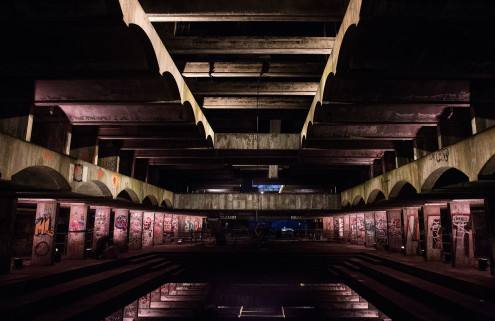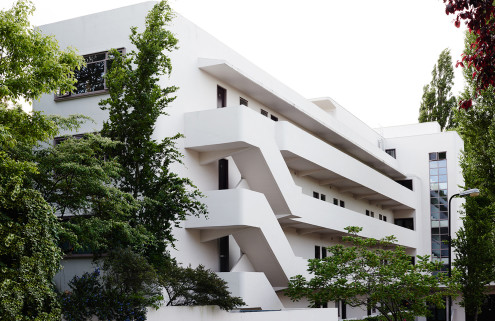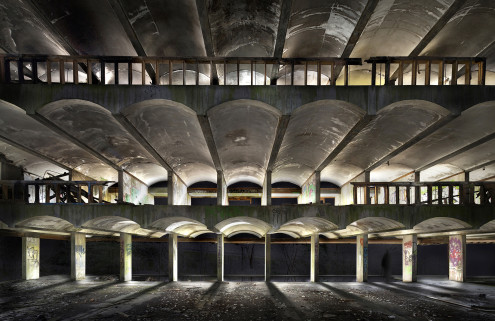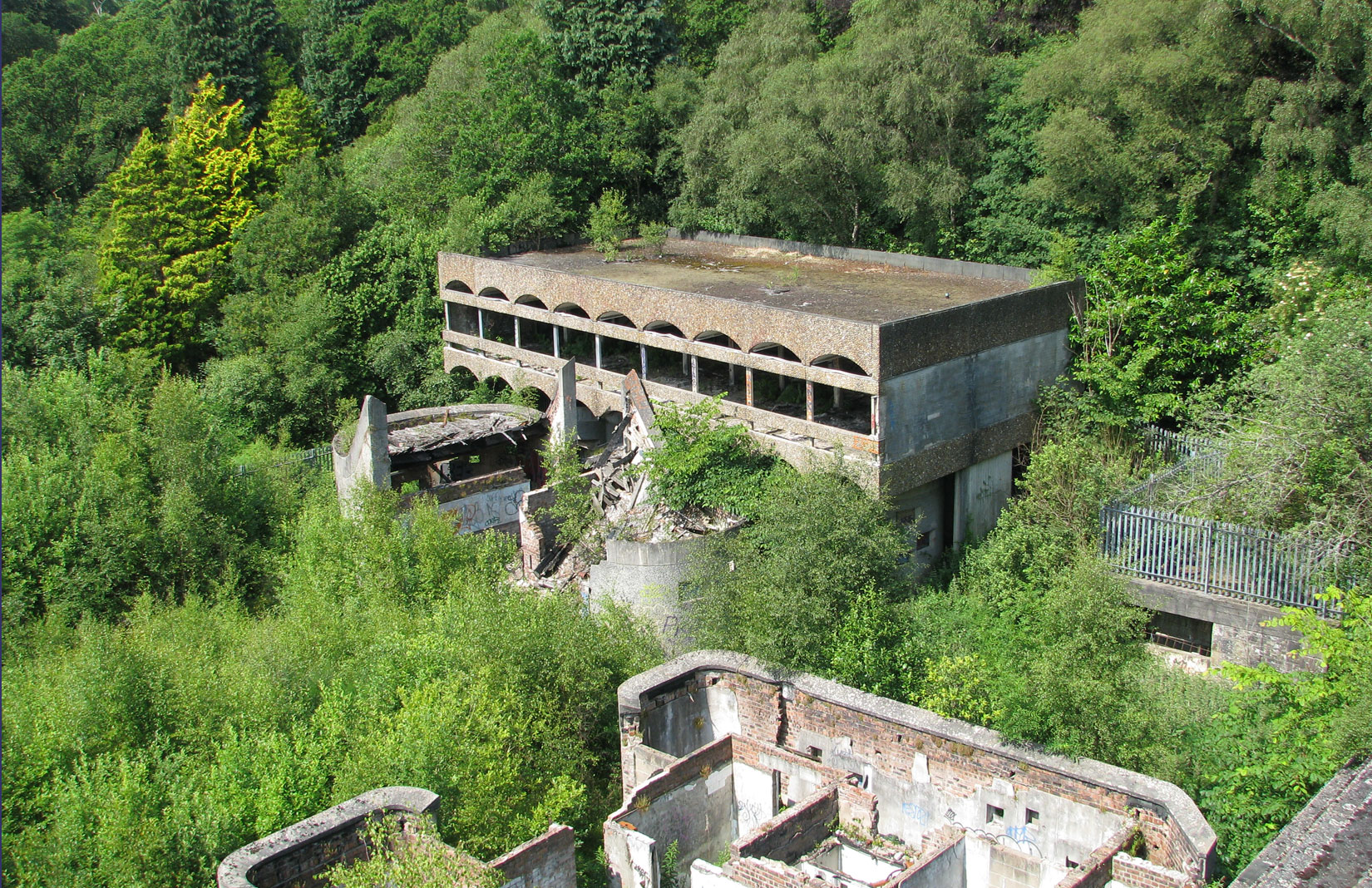
Photography: Stuart Caie
Plans to revive Brutalist complex St Peter’s Seminary in Scotland’s Cardross as an arts hub have hit the brakes as the charity behind them is set to close.
Arts organisation NVA had been working on reviving the largely abandoned Grade A structure for a decade. Designed by Gillespie Kidd & Coia’s for the Catholic Church, it was completed in 1966 but closed in 1980, when it fell into disrepair. NVA enlisted practices McGinlay Bell and Avanti Architects to develop a plan for the colossal site that would turn its cavernous spaces into a permanent arts complex while leaving it as an ‘intentional ruin’.
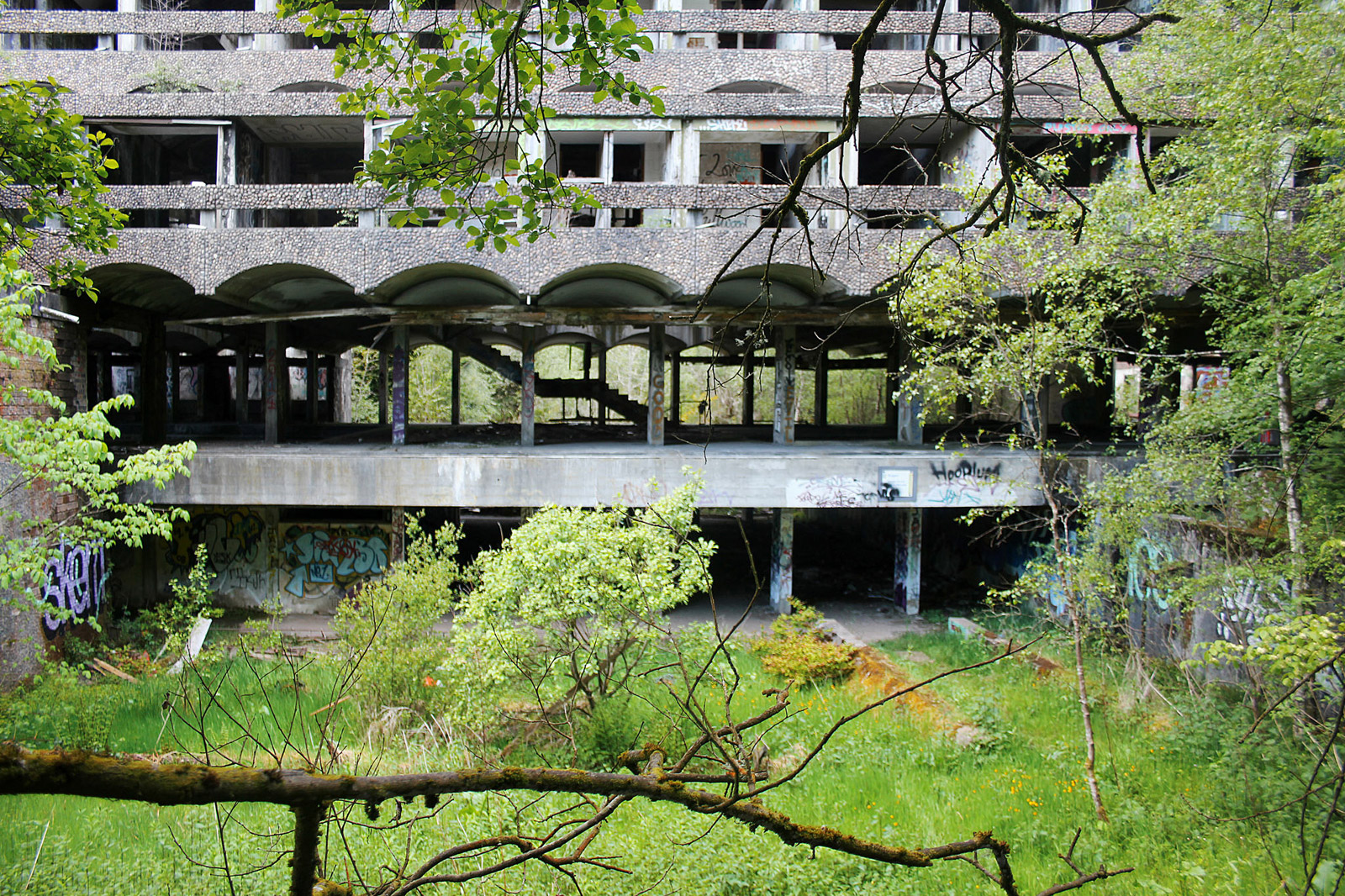
‘Despite our best efforts we were unable to guarantee the viable future for the St Peter’s Seminary that we had imagined and hoped for,’ NVA said in a statement. ‘In the end, we had no choice but to bring the capital project to an end.’
It’s a bitter blow for the organisation which had previously reached its initial £7m fundraising goal and was meant to start turning the Modernist ruin into a permanent arts venue last year. It fleetingly opened the building to the public for a light installation – titled Hinterland – in 2016, however, work stalled due to what NVA calls ‘increasing risks, both financial and physical’.
In January 2018, an application for critical additional funding from Creative Scotland was unsuccessful, making the project financially unviable.
Efforts to secure an alternative plan for the Brutalist building have also faltered. Adds NVA: ‘In practice this has not proved to be possible and the process of trying to define and secure that future, and our own, has reinforced the many financial and structural challenges facing the company.’
What will happen to the site next is uncertain.
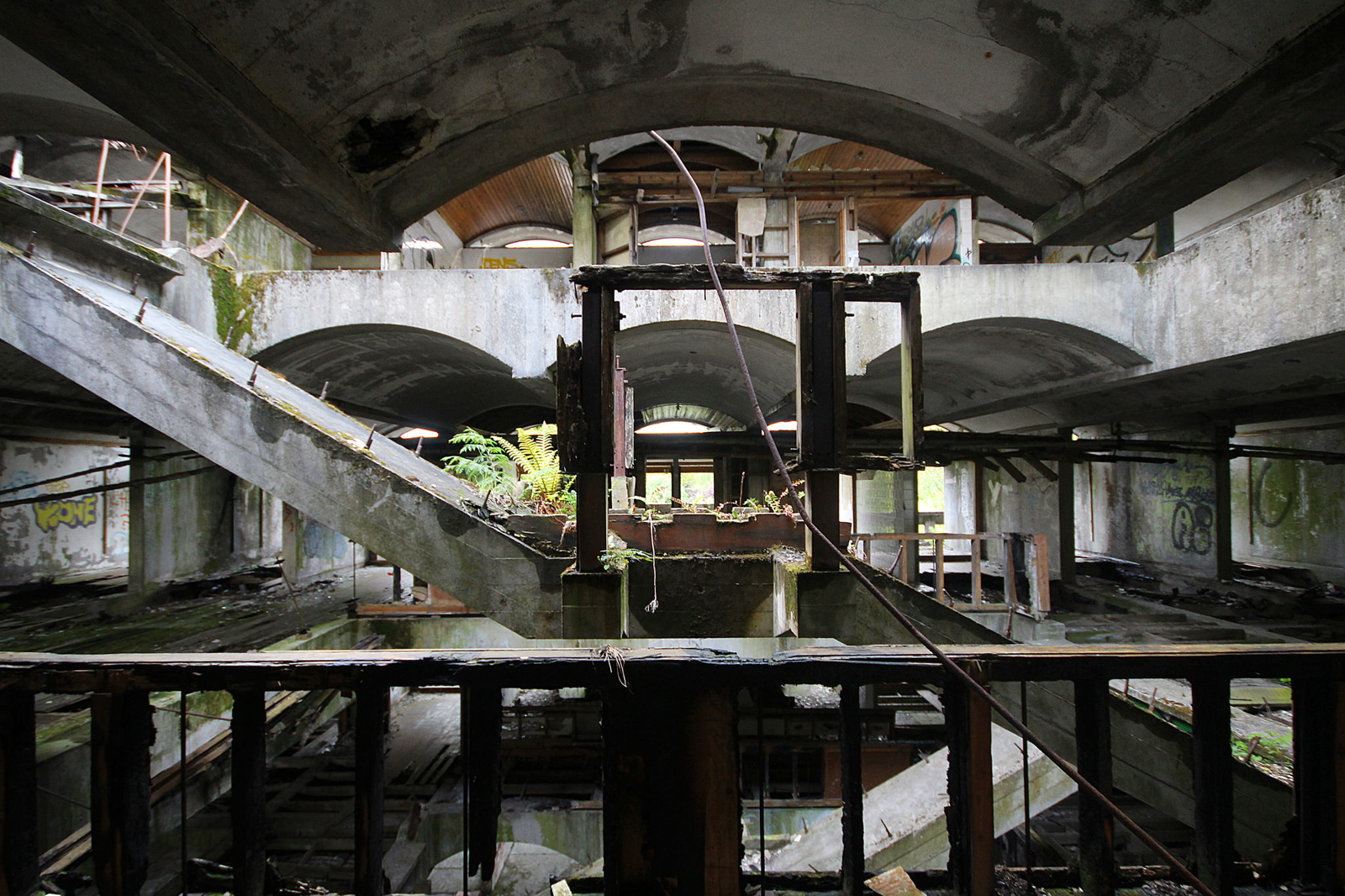
Speaking to us in 2015, NVA’s creative director Angus Farquhar revealed the building was already at a crucial juncture: ‘It’s important to understand that the long-term physical damage to the building is so extreme that if we didn’t act now, the church would be forced to override its listing and demolish the building within a few years.’
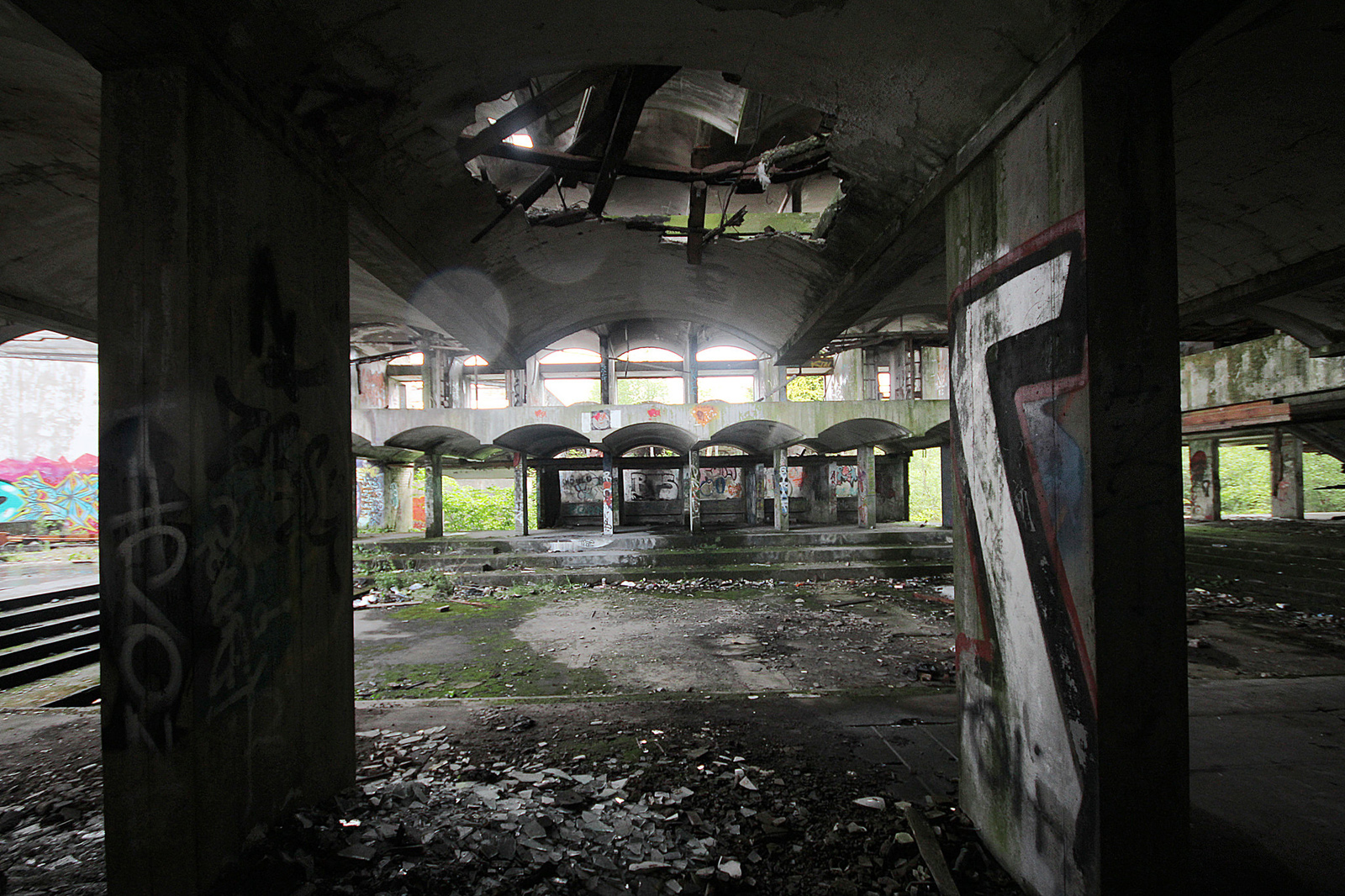
Avanti Architects’ John Allan has offered some hope, however. ‘After 12 years of involvement with this unique building and landscape there is a massive platform of technical research, professional collaboration and wider community support to underpin a new project going forward,’ he told the Architect’s Journal this week. ‘Although considerable preparatory and de-risking work has already been undertaken on site, the buildings remain vulnerable and so the sooner the next push can ensue the better.’
Watch this space for further developments…
Read next: Abandoned medical centres captured by Ilan Benattar

